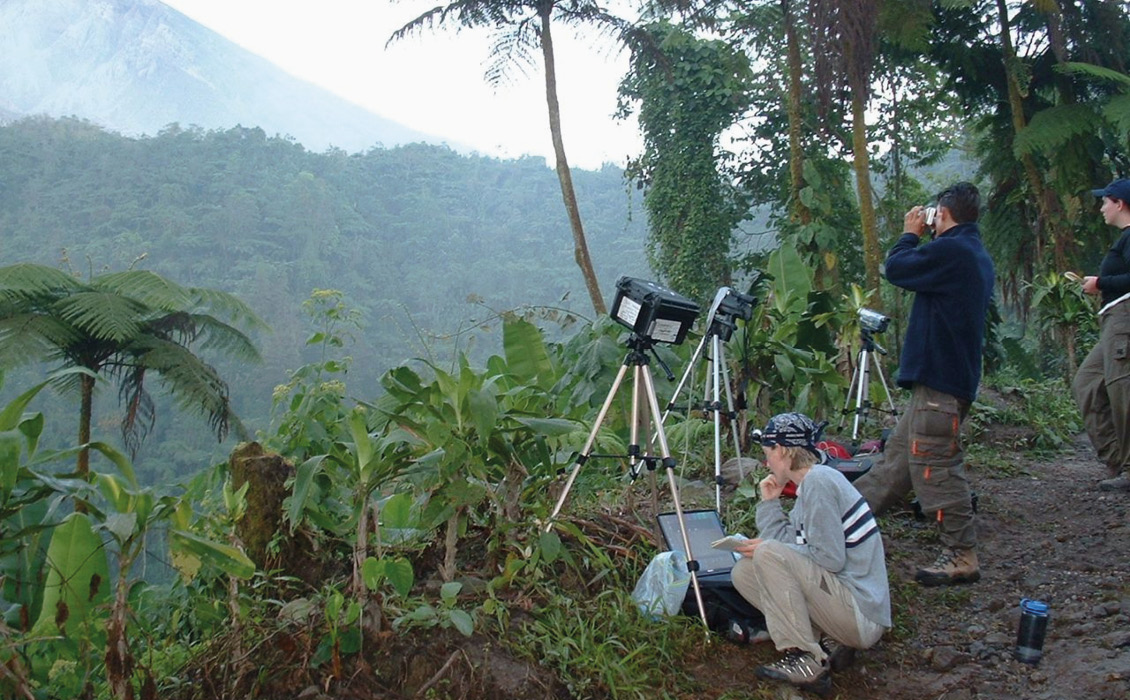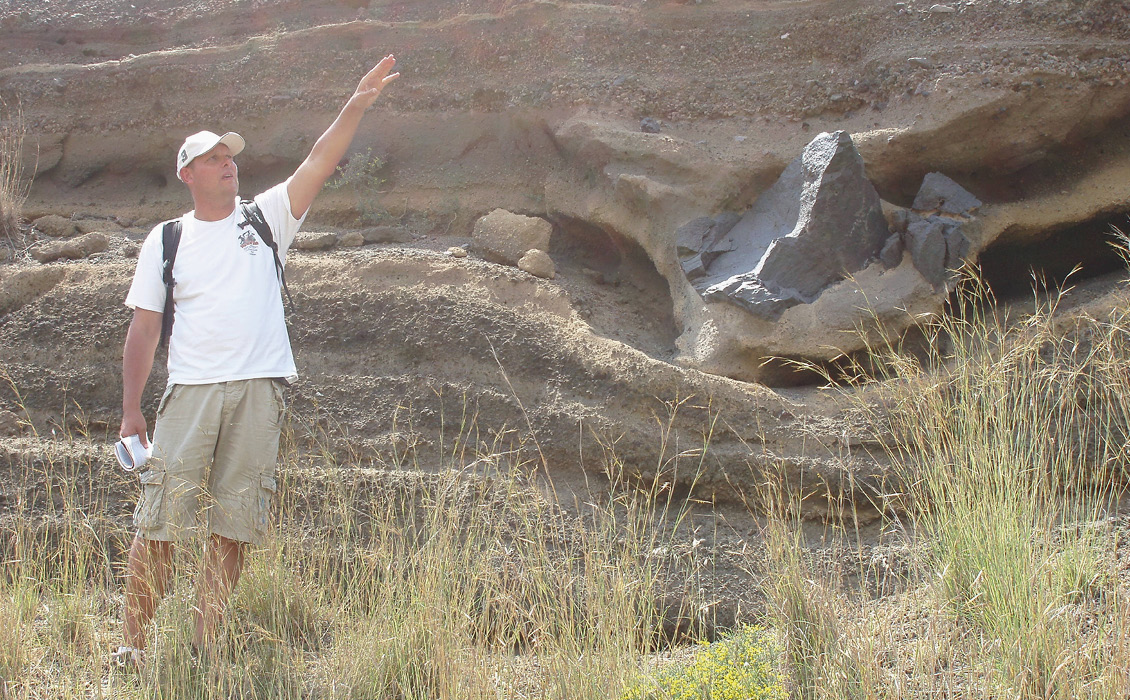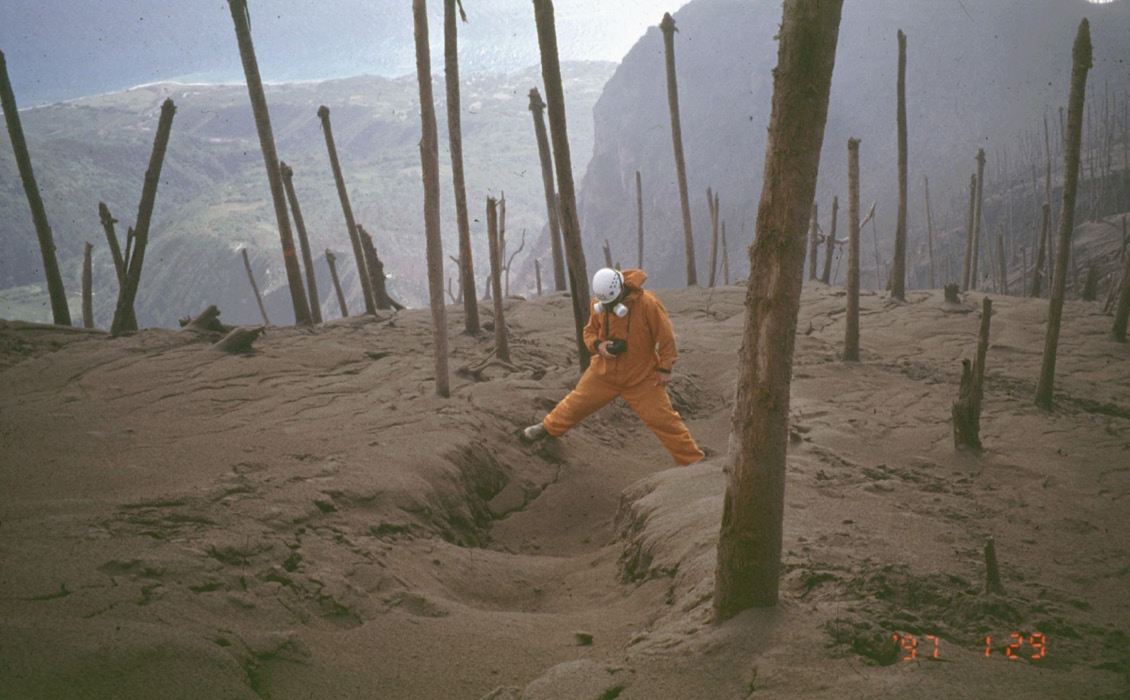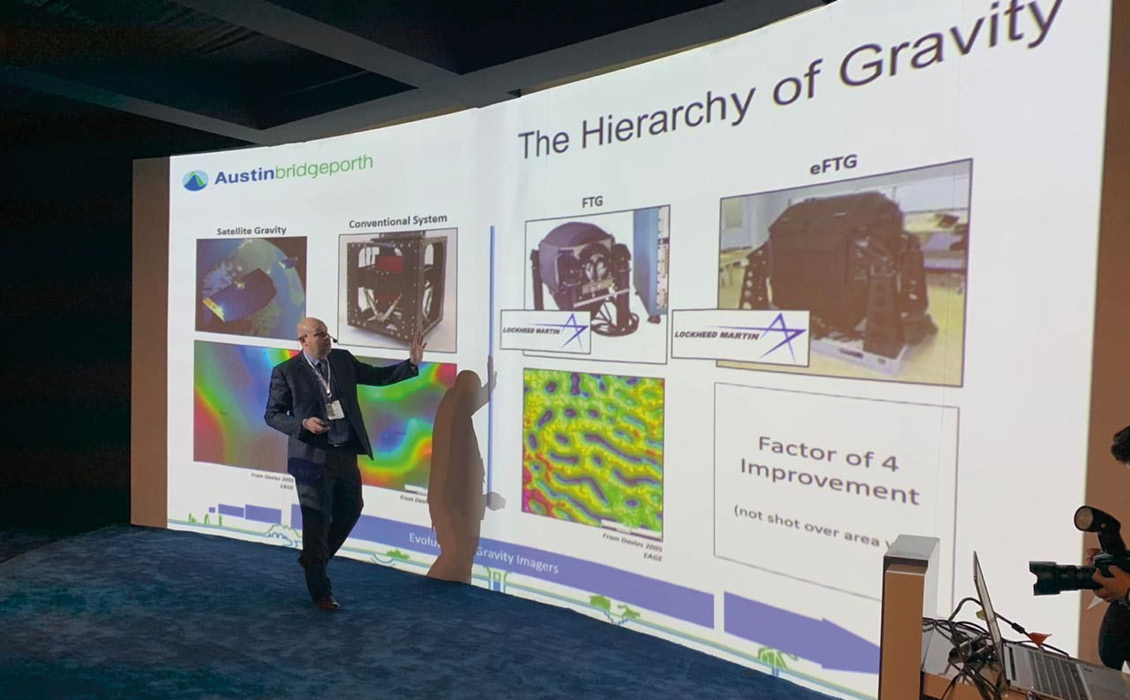November 14th, 1985 was a seminal day for a young Mark Davies. News of a volcanic eruption in Colombia was breaking on the BBC. The Andean Nevado del Ruiz volcano had exploded the previous day, killing over 23,000 people in the town of Armero, almost 40 kilometers away from the volcano.
“I remember watching the news footage with a mixture of horror and confusion. I had no reference point with which to answer questions such as how can we put a man on the moon, but be unable to stop a volcano from killing 23,000 people, and 40 kms away from the summit?”
The Motivating Force of Tragedy
For days after the event the BBC focused much of the coverage around a young girl who was trapped in mud up to her chest. Every time the rescue team tried to get her out, the pressure of digging would slowly crush her fragile body and they would have to stop the rescue. She did not survive and that changed the course of Mark’s life.
“To this day I remember seeing on TV night after night, the hope wane away. By the time she died, my emotional investment into the whole tragedy was overwhelming. I made my decision there and then, I needed to do something. What? I did not know, but I needed to understand why such a tragedy happened.”
The emotional impact stuck. A decade later as a fully qualified volcanologist and while filming a BBC documentary, he would summit Nevado Del Ruiz to install monitoring equipment. Not anticipating the emotional floodgates that would open and unbeknown to Mark, the producers of the documentary organized a helicopter trip to Amero where upon his arrival, he was introduced to surviving family members of the little girl featured in the coverage.
“I was fighting back tears. To this day I don’t know why I reacted like that. The family, who by this time had made peace with the volcano, must have thought I was a complete lunatic. I am 6ft 8inches and 115 kilos, they were typically central American and a fraction of my size and must have thought they were in a subplot to a Shrek movie.”
Mark undertook a degree in Geology at Cardiff and was allocated a tutor, a young volcanologist who guided much of his early career. In his final year there, Mark had been discussing the opportunity of studying for a PhD with his tutor, when another opportunity presented itself.
“The PhD opportunity was amazing, but I was unsure if it was right for me, I wanted to spend my time on volcanoes, monitoring hazards rather than in a laboratory. Then everything changed. The tutor was offered a professorship at the Universite Blaise Pascal, in Clermont-Ferrand and the opportunity to study a PhD was no more.”
There are only a few places in the world where you can go and study an advanced degree in pure Volcanology. Hawaii is one, and Clermont-Ferrand is another. The former lies on an active volcanic chain and the second, on an extinct one in the middle of France’s Massif Central.
Rather than cutting ties, the tutor suggested Mark study for an advanced degree in volcanology at Clermont under a foreign student bursary scheme. With the language barrier, studying in Clermont was brutally hard, but worthwhile. It provided a wonderful grounding in volcanology, although it soon became evident that Mark wanted to focus on hazard mitigation and after graduating Mark secured a PhD at the Open University Earth Sciences, Volcano Research Group.
Natures Laboratory
It’s easy-to-understand Mark’s fascination with volcanoes but delve deeper and the reasons are multi-layered. A fascination with volcanoes influenced his early years, but they also continued to guide many decisions throughout his later career.
Tasked with developing a continuous microgravity monitoring station on Mount Etna, Sicily, a year into his PhD, the island of Montserrat in the Caribbean began to erupt for the first time in centuries. The British Geological Survey (BGS) was tasked with monitoring the volcano and a rapid recruitment drive occurred. Along with several young and excited scientists, Mark found himself mobilized to the Montserrat Volcano Observatory.
“It was my dream job, I was monitoring an active volcano and surrounded by clever people with a veritable smorgasbord of technology at our disposal. Although I specialised in ground deformation monitoring, I soon became interested in many other disciplines that were being deployed. The Phrase ‘Jack of all trades, master of none’ rings very true in my case.”
Geological Time Scales
What captivated Mark was the ‘real time’ work being conducted on the volcano. There is no other geological phenomenon that affords you results in such short order when conducting research or developing equipment. Cross-over technology fascinated Mark. For example, thermal imaging cameras used by the fire service were adapted to monitor hot spots within the volcanic dome. Working with the Montserrat Volcano Observatory instilled a practice of looking to other engineering and scientific disciplines to find solutions, something that Mark activity promotes to this day as CEO of the AustinBridgeporth Group.
Montserrat was also the springboard for Mark’s other passion, teaching. An advocate of knowledge transfer, Mark spent many years on the public lecture circuit for the Open University Geological Society, Royal Geographical Society, and the British Association for the Advancement of Science. The lectures were popular and led to making TV programmes where he fronted several mainstream documentaries for the BBC, Channel 4, National Geographic, and the Discovery channel.
Mark then landed a coveted tenure position as a lecturer at the University of East Anglia (UEA). A position that should have set him on an academic research and teaching pathway for life. He lasted barely one year and by his own admission hit a low point in his career. Although UEA was a dynamic place to be, and in his own words full of brilliant young researchers, he was forced into a decision to walk away.
“I was broke, I barely had two pennies to rub together at the end of each month. The job was everything I had worked towards, but I did not factor-in one important aspect, the salary. I was on a UK wide academic pay scale as a junior lecturer. So, something had to give and I took a position as an Associate Research Professor in Hawaii, on triple the UK salary.”
The decision led to the loss of several academic friendships. However, few knew the real reason why he quit and these days he uses this example to highlight the disparity between the US and the UK when valuing scientists and engineers. A disparity that Mark points out, continues to this day.
Natural Resources
If UEA had been the perfect job, then Hawaii was the dream job. The Hawaiian Institute of Geophysics and Planetology (HIGP) is loaded quite literally with academic ‘rock stars ‘and Mark openly admits that he felt ‘outgunned’ by his peers. He did learn one very important lesson though, “if you surround yourself with people much cleverer than you, but can contribute ideas, then all is not lost.”
Real time volcanic monitoring remained a strong research driver. The key to any hazard mitigation program is temporal and spatial awareness. Measurements must be acquired often to assess the volcano. At that time, seismic was and still is, the key monitoring tool for an observatory affording results in real time and the ability to pinpoint the location of activity in three dimensions. However, a volcano is a complex beast and mitigation becomes more accurate if other properties are monitored.
“At that time, I felt the niche research I specialized in, microgravity, was being left behind. The team at Hawaii were developing satellite remote sensing to monitor heat flow over entire volcanic provinces, significantly improving spatial and temporal sampling. Another evolving technology was GPS systems for ground deformation. They were becoming cheaper, and several could be deployed permanently to monitor movement in real-time. However, little had changed in 30 years because instrumentation was too expensive to be deployed in numbers, permanently. This meant that manual measurements were still required, which was dangerous on active volcanos such as Montserrat and spatial coverage remained poor. What the discipline needed was new instrumentation that could be deployed remotely but with the sensitivity and resolution equal to what we were recording on the ground.”
In an academic merry-go-round of scrambling for limited research money, Mark found it hard to secure funding to develop new technology and soon turned to industry to solve the problem.
“Look, we all know that universities are underfunded and back then, the chances of securing money were limited. Industry was a different proposition altogether. I learnt a valuable lesson when I took a job to pay bills at a company which specialized in gravity and magnetics for hydrocarbon exploration. On my first day and overconfident, I was introduced to some new software that was being developed. I felt I was hit by a speeding bus. I realized that with access to this software, what took me two years to produce on a limited academic budget, I could have finished in less than two months. It was a huge reality check. If you want progress in a short timeframe, you need the funds.”
That lesson wasn’t lost on Mark and when a spinout from that same company approached him to join a startup team which would develop the world’s highest resolution superconducting gravity instrument. Mark committed with responsibility for developing workflows and techniques to interpret the data, focusing on where to deploy the new gravity systems. The envisaged timeframe was two to three years after which his plan was to return to academia with a new airborne system he could ‘borrow’ to monitor microgravity on active volcanoes. So, he made a promise to the CEO, to stick with the program until the system was fully developed and operational. Little did Mark know, but it was the start of a journey that would take over a decade to complete.
No Guarantees in Life, or a Good Start-up Idea
At the core of the venture was the development of a superconducting gravity gradiometer, a system so sensitive that it would revolutionize subsurface gravity imaging. It had originally been designed to operate in space under a European Space Agency project and the engineering team assembled was exceptionally talented.
“The team assembled was truly multidisciplinary. You had PhD level low noise superconducting engineers working next to and reliant on watchmakers tasked with building micro-accelerometers. I absolutely loved the working environment and marveled at the synergy … the whole being greater than the sum of its parts.”
At that time, the development focus was centered around hydrocarbons and mineral exploration and so a deal was brokered to operate the only commercial Full Tensor Gravity Gradiometer (FTG) manufactured by Lockheed-Martin. While the FTG commercial offering went from strength to strength, the superconducting project stalled, and with no sign that it would be commercialized, Mark left and a few years later created Bridgeporth.
The new company, backed by venture capitalist funding, built a solid business around the latest Lockheed ‘enhanced’ FTG instrument called the e FTG. This system not only demonstrated an improvement in servicing the hydrocarbon market, but also possessed the sensitivity and signal to noise to search for battery minerals, water resources and geothermal energy. Over two decades on from the Montserrat eruption, an instrument that can finally provide useful airborne data for volcanic monitoring has been developed and the journey reaches full circle. Is Mark finally at peace with Nevado del Ruiz?
“Innovation comes from creative thinking, but to flourish, resources and a conducive environment are needed. That’s where academia and industry need to develop a more symbiotic relationship. In the UK we don’t do that quite as well as the US, but I hear the government has just appointed a science and technology tsar, so fingers crossed. At the very least let’s pay scientists and engineers what they are worth and give them the funds to make some magic.”









